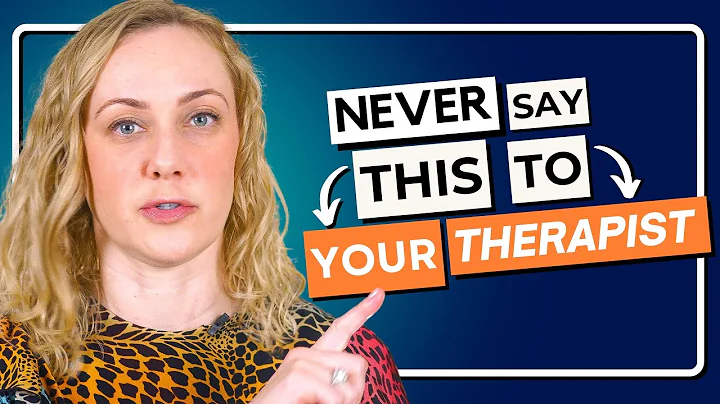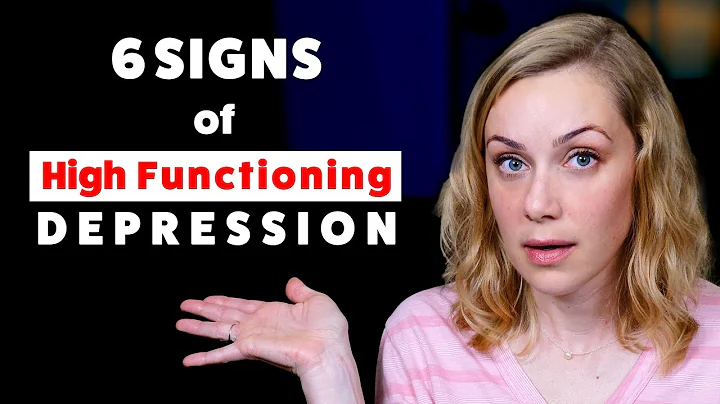
Directory
01 Preface
02 Causes of altruistic behavior
03 Factors influencing behavior
04 Characteristics of helping people
05 How to increase helping people ?
06 My thoughts
07 Conclusion

Altruism: care and help others when there is no profit or expectation of any return.
Positive thinking is often more likely to bring positive actions.
"Depersonalization" will reduce people's sense of responsibility.
The role of prosocial television role models is far greater than that of antisocial role models.
An unexpected praise can make people feel competent and valuable.
The first step to becoming a hero is to recognize the social pressures that can stop you from standing by.
01 Preface
Chapter 12 introduces the causes of altruistic behavior, the influencing factors of helping others, the characteristics of helping others, and methods to increase helping others.
02 Causes of altruistic behavior
1. Social exchange and social norms.
(1) will receive rewards, such as receiving praise, enhancing self-worth and monetary rewards.
(2) Reciprocal specifications: come and go, good intentions will be rewarded.
(3) Social Responsibility Specification: People in need should be helped and give them what they deserve. For example, respect the elderly and love the young.
3. Evolutionary theory.
(1) Relationship selection: similarity, proximity.
(2) Reciprocity: direct reciprocity and indirect reciprocity.
(3) Group selection: sacrifice the ego and achieve the greater self. The principle of reciprocity frequently appears in the section of
, which was also mentioned in the previous chapter of intimacy, and it seems to be widely used.
4. Emotional factors.
(1) Relieve your own pain and moral sense.
(2) empathy generated by paying attention to others, helping others to relieve pain.
When you find that others’ bad moods will trigger altruistic behavior, and when you are in a good mood, you will also experience altruistic behavior.
03 Factors influencing helping behavior
1. Number of bystanders: The more people, the less helpful behavior will occur.
(1) noticed less of this event.
(2) Explanation of events: If you don’t understand the whole picture of things, you usually don’t act rashly.
(3) leads to dispersal of responsibility.
2. When helping others and role models.
3. Time pressure. When time is plenty.
So try to leave more time for yourself in everything you do in the future and don’t let yourself be too rush. On the one hand, you can make yourself relaxed and calm in the process of doing things, and on the other hand, you have time to resolve emergencies.
4. Similarity.
04 Characteristics of helping others
1. Personality traits.
has a high empathy ability, a high sense of self-efficacy and positive emotions.
But helping behavior is like following herds, and compared with the personal characteristics of an individual, it is more susceptible to situational influence.
2. Gender.
In dangerous situations, men are usually more helpful. And in relatively safe situations, women are more willing to help.
3. Religious beliefs.
conveys humanitarian values.
05 How to increase helpful behavior?
1. Reduce anonymity and avoid dispersal of responsibilities.
highlights personal traits and improves self-awareness. If personal request, eye contact, name notification, expected meeting.
2. Induce guilt.
3. Pay attention to self-image. Use induction technology - based on the principle of retreat to advance and discount, make small requests.
4. Label helpful.
5. Socialization of altruism.
(1) Remove internal group preferences, increase moral inclusion, and regard all mankind as a big family.
is more likely to inspire sympathy for individuals.
(2) Set an example in reality and in the media. Positive examples.
(3) Do it and learn. Learn through specific behaviors.
(4) attributes helpful behavior to altruistic motivation.
Too strong external motivation will weaken internal motivation, so the feedback given should be appropriate, and the attitude of voluntarily triggered behaviors will be more lasting.
(5) Learn social psychology. First recognize the social pressures that stop you from standing by.
06 My thoughts
1. Don’t put too much pressure on yourself.
2. Split the big task into small tasks to complete.
3. I just had a lot of thoughts in bed last night and planned my next reading plan. As a result, after reading "Social Psychology" today, I decided to finish reading " Attitude Change and Social Impact " first and then look at something else.
So write down your ideas in the future and let it float for a while.
07 Conclusion
The impact of the environment is beyond our imagination. After reading this chapter, I want to read "Attitude Change and Social Impact" again.
is so entangled. I feel a little tired after reading too many books in the same field, but I have to start from scratch when I look at other fields.
Full text 1329 words
#I am creating the second issue of Toutiao#
![[Introduction] October 10 is "World Mental Health Day", and this year's theme is "Creating a Good Environment and Helping Mental Health Together". - DayDayNews](https://cdn.daydaynews.cc/wp-content/themes/begin/img/loading.gif)










